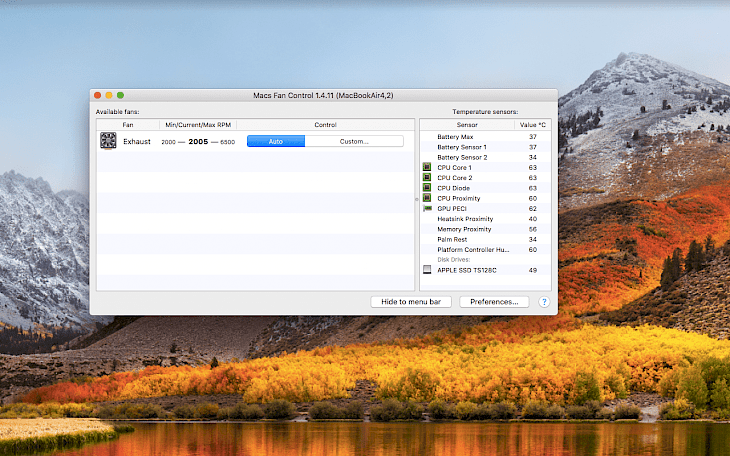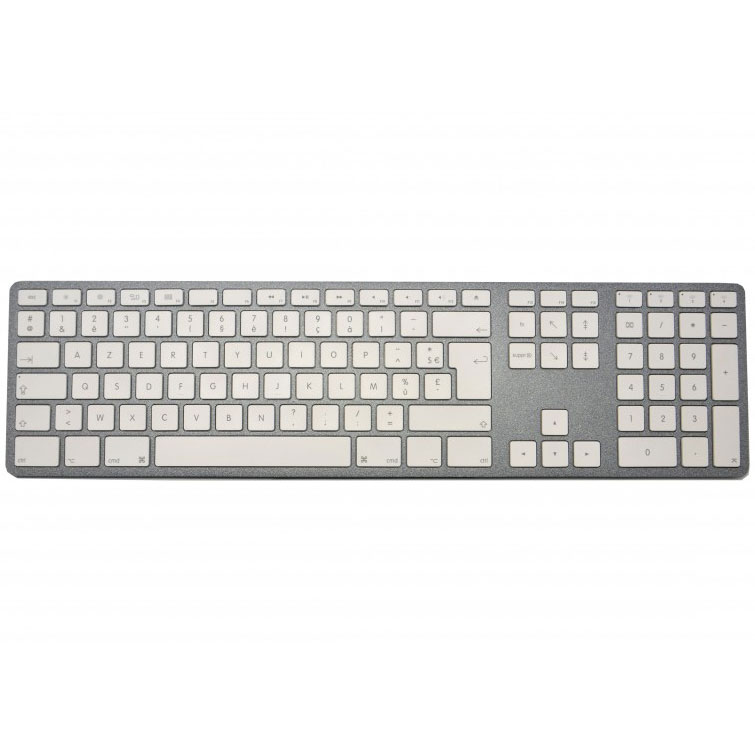
From the “View” menu, you can select which processes you want to see–just your user account’s processes or every running process on the system. You can view information about their CPU, memory, energy, disk, or network usage - click a tab at the top of the window to choose which. This window displays a list of your running applications and other processes. Additionally, at the bottom-right corner of the screen three useful shortcuts pop-up, Network Settings, Ease of Access Utilities, and Power Options. Using SharpKeys, map: Left Alt (0038) to Left Ctrl (001D) Left Ctrl (001D) to Left Alt (0038) Presumably you can do similar things to a right Alt and a right Ctrl. Alternatively, open the Applications folder in the Finder, double-click the “Utilities” folder, and double-click “Activity Monitor.” As previously stated, using the command ctrl+alt+del opens up a menu containing the following options Lock, Switch User, Sing Out, and the famous Task Manager. The Command key is used with a single letter key for many of the Mac’s most common actions: Command-C to copy, Command-P to print, Command-V to paste and so on. Swap the Ctrl and Alt keys through a two step process. To access it, press Command+Space to open Spotlight search, type “Activity monitor,” and press Enter. To use those other features, you’ll need the Activity Monitor.

RELATED: How to Troubleshoot Your Mac With Activity Monitor However, it doesn’t allow you to see how much CPU or memory different applications are using, get an overview of your system’s overall resource usage, or other statistics like the Task Manager on Windows 10 and Windows 11 does.

The Force Quit dialog takes care of closing misbehaving or frozen applications. The most important shortcuts Command + space Open Spotlight Command + Shift + 4 Capture custom screenshot Command + Control + D Define highlighted word Command + Control + Power Restart your.


 0 kommentar(er)
0 kommentar(er)
